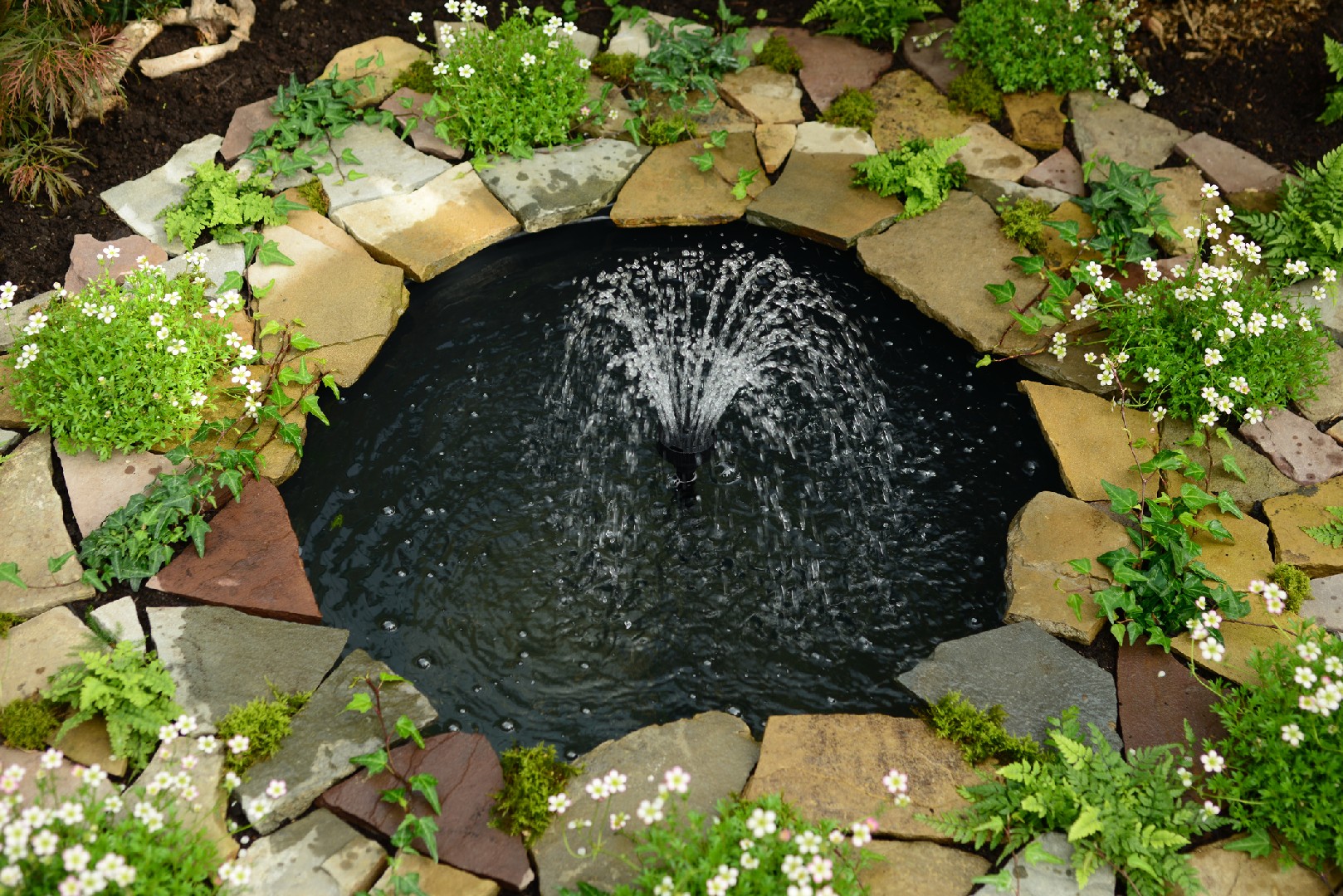![Rectangle]()
Understanding the Basics of Water Gardening
Water gardening is a fascinating hobby that allows you to add a unique element to your traditional garden. By incorporating water features such as ponds, fountains, and waterfalls, you can create a serene and beautiful environment that adds aesthetic appeal to your outdoor space.
One of the key benefits of water gardening is the increased biodiversity it brings to your garden. By introducing aquatic plants and animals, you create a diverse ecosystem that attracts a variety of wildlife. Fish, turtles, frogs, and birds are just a few examples of the species that can thrive in a water garden. This not only adds visual interest but also contributes to the overall health and balance of your garden.
In addition to the aesthetic benefits, water gardening offers therapeutic advantages. The sound of running water and the sight of fish swimming can have a calming effect, helping to reduce stress and promote relaxation. It is also known to have a positive impact on mental health, providing a peaceful and soothing environment to escape from the challenges of daily life.
To get started with water gardening, there are a few essential steps to follow. Firstly, you need to decide on the type of water feature you want to incorporate into your garden. Ponds are a popular choice, offering a larger aquatic habitat that can support a wide range of plants and animals. Fountains, on the other hand, provide the soothing sound of flowing water and can be a focal point in smaller gardens. Waterfalls add an element of drama to your space and create a sense of tranquility.
Once you have chosen your water feature, it is important to consider the practical aspects of water gardening. You will need to determine the size, location, and design of your water feature. It is important to ensure that the water source is easily accessible for maintenance and that there is proper drainage to prevent flooding. Additionally, you will need to research the specific requirements of the plants and animals you intend to introduce to your garden, ensuring they have the necessary conditions to thrive.
Maintaining a water garden requires regular care and attention. It is important to monitor the water quality, removing debris and treating any issues that may arise. You will also need to prune and fertilize your plants, as well as provide food and shelter for the animals in your garden. By staying on top of these tasks, you can ensure the long-term health and success of your water garden.
In conclusion, water gardening is a captivating hobby that offers numerous benefits. From increased biodiversity to aesthetic appeal and therapeutic advantages, it is a wonderful way to enhance your outdoor space. By following the essential steps and investing time and effort into maintenance, you can create a beautiful and thriving water garden that brings joy and tranquility to your life.





